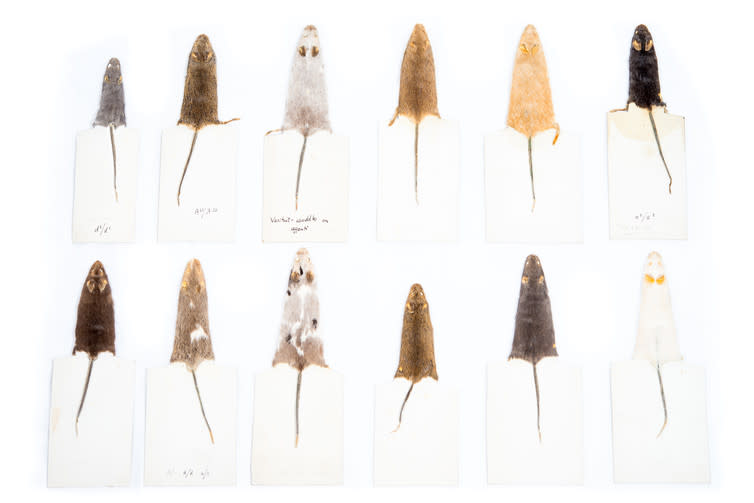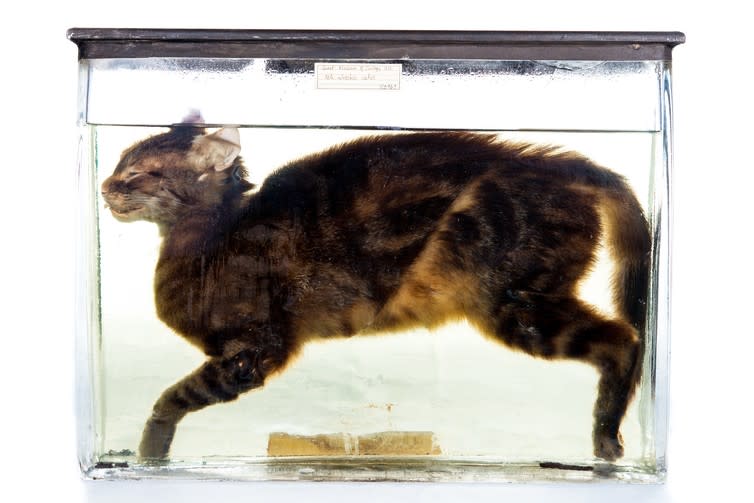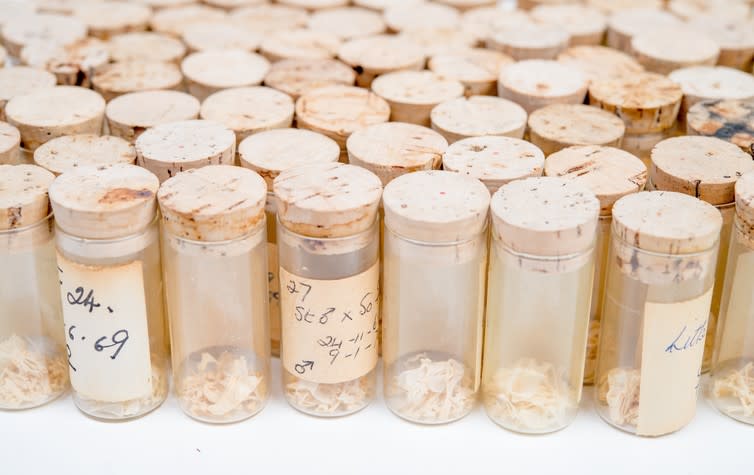Most museums are too chicken to celebrate 'boring beasts' – but we're not

Walking the galleries of a natural history museum, you might be left with the impression that not all animals were created equally. (Of course, if you study the displays about evolution, they’ll tell you that they weren’t created at all.) There is a noticeable bias in what kinds of animals museums choose to display: on the whole, the huge, exotic, rare and extraordinary get more than their fair share of shelf-space.
As a result, natural history museum galleries are not accurate reflections of the nature they might be thought to represent. Around 80% of described species are arthropods – the group that contains insects, crustaceans and arachnids; and around 80% of living individual animals are nematode worms. As is commonly argued by specialists in these fields, these ecologically and numerically dominant groups are not given the attention they statistically deserve.
But there is another group that is also regularly banished from most museums: those more mundane animals that feature heavily in our everyday lives, as pets, livestock and scientific subjects. They are not deemed special enough. Do people want to go to a museum to see animals that we can find on our plates, on our laps and on our streets? It is thought that we would rather see dinosaurs, dodos and giant whales.

So these animals are rarely represented in natural history museum displays. That is why we at UCL’s Grant Museum of Zoology have dedicated an exhibition to these somewhat sidelined creatures – to give them a chance to tell their stories. By staging this exhibition, which we have called The Museum of Ordinary Animals, we want to highlight the boring beasts that have changed the world, including dogs, rats, cats, cows, chickens and mice.
Ordinary animals are everywhere, and the ways they interact with our lives are endless and varied. We have invited them into our homes as pets; their role in our diets has changed us biologically; they are critical to modern medicine and they hold huge symbolic value in many cultures. These animals have had profound impacts on humanity and the natural world, and we have learned extraordinary things from them.

Creating animals
While (most) natural history museums are dedicated to communicating that the species on display are a product of evolution, many of these ordinary animals were in fact created: they have come into existence through unnatural means. Humans have been domesticating animals ever since dogs were formed from wolves, though the process was often not deliberate.
Other domestic species were deliberately brought into being, at least to some extent. The breeding of livestock such as cattle, goats and sheep would ease the growing human population’s problem of the over-hunting of wild animals. Others still, such as domestic hamsters, were only created in recent decades, to fill human scientific and aesthetic desires (they were intended as lab animals before they became pets).
So is their “unnaturalness” the reason why ordinary animals have largely been removed from natural history museums? The concept of some animals being outside the boundaries of “nature” is an interesting one (it’s worth saying that some people argue that humans are a natural species, and therefore everything we do is “natural”, but I think that’s a dead end, as it renders the already abstract concept of nature meaningless). The natural history of these species is not the same as the rest of the animal kingdom’s. We can think of them more in the context of social history, as their stories are so utterly intertwined with our own.

Studying chickens, for example, allows the worlds of evolution, archaeology, genetics and theology to interweave. UCL geneticist Mark Thomas, who contributed to the exhibition, tells us that around 1,000 years ago, there was massive evolutionary pressure for domestic chickens to be able to lay eggs all year round and to be less aggressive (allowing for the confinement of many individuals in a small space). At the same time, chicken bones become significantly more common in the archaeological record, showing that people were eating more of them.
Remarkably, this coincides with a decree from Benedictine monks to avoid eating four-legged animals on fast days. Birds and eggs were exempt. Although chickens were first domesticated around 6,000 years ago, the features that essentially led to the chickens we know today (including battery hens), were arguably brought about by a religious diktat.

Among the most ubiquitous of ordinary animals is the house mouse, originally from India. We have a collection of around 9,000 house mouse skeletons in the Grant Museum, collected from islands around the world: humans have given them near global distribution. The skeletons are the result of a study into the effects of island living on evolution. Museum storerooms are full of such objects: but they are intended for research, not display.
When we visit museums we have the chance to see that evolution has produced some extraordinary species and mind-blowing diversity: it is these exotic and glamorous animals that we tend to find on display. But it’s important to remember that the more ordinary species - which are often the product of human intervention as much as evolution – also have incredible stories to tell us.
The Museum of Ordinary Animals runs until December 22 at the Grant Museum of Zoology, UCL, London.
This article was originally published on The Conversation. Read the original article.

Jack Ashby does not work for, consult, own shares in or receive funding from any company or organisation that would benefit from this article, and has disclosed no relevant affiliations beyond the academic appointment above.

 Yahoo News
Yahoo News 
